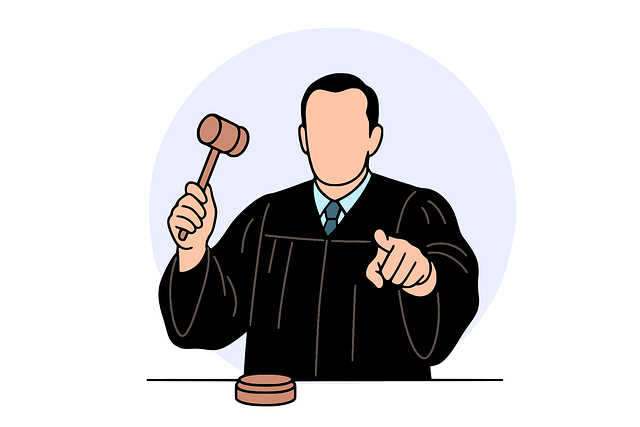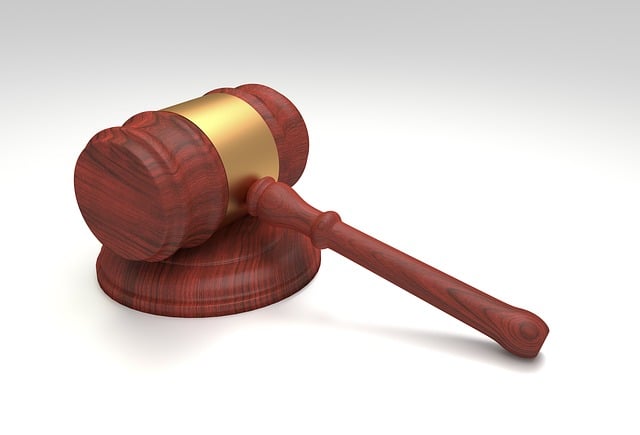Disfigurement compensation claims are a crucial aspect of assault injury cases, providing financial and emotional support to victims with visible scars. The process involves a meticulous legal assessment, including evidence presentation, advocate roles from personal injury lawyers, and decision-making by judges or juries based on medical reports, psychological impact assessments, and applicable laws. A successful claim requires comprehensive strategy, detailed medical records, before-and-after photos, expert testimony, and a compelling narrative linking the assault to the disfigurement. Complex cases may necessitate guidance from experienced legal counsel specializing in personal injury claims for optimal compensation.
In cases of physical assault, disfigurement compensation claims play a crucial role in restoring justice and providing financial support. This article delves into the intricate process of seeking compensation for victims left with permanent scars or disfigurations. We explore the legal framework governing these claims, offering guidance on navigating the system. From understanding the assessment criteria to strengthening case strategies with compelling evidence, this comprehensive overview ensures victims are equipped to pursue fair disfigurement compensation.
- Understanding Disfigurement Compensation Claims
- The Legal Process for Assessing and Awarding Compensation
- Supporting Evidence and Case Strengthening Strategies
Understanding Disfigurement Compensation Claims

Disfigurement compensation claims are a crucial aspect of assault injury cases, focusing on the financial and emotional support provided to individuals who have suffered visible disfigurements due to an attack. These claims recognize the significant impact such injuries can have on a person’s life, including their self-esteem, ability to find employment, and overall quality of life. In many jurisdictions, victims have the legal right to seek compensation for the physical and psychological scars left by violent acts.
Understanding disfigurement compensation involves recognizing that it goes beyond mere monetary reimbursement. It encompasses various forms of assistance, such as medical treatments to minimize scarring or correct deformities, psychological counseling to cope with the emotional trauma, and even financial support to aid in rehabilitation and reintegrating into society. In cases involving medical negligence, employment disputes, or accident settlements, disfigurement compensation plays a vital role in ensuring that victims receive holistic care and support during their recovery process.
The Legal Process for Assessing and Awarding Compensation

The legal process for assessing and awarding disfigurement compensation in assault injury cases is a meticulous one, designed to ensure fairness and justice for victims. It involves several key steps that are strictly adhered to by courts and personal injury lawyers alike. The first step is the presentation of evidence, where both parties—the victim and the defendant—put forth their arguments and supporting documentation. This includes medical reports detailing the extent of the disfigurement, as well as any psychological impact it may have had on the victim.
An auto accident lawyer or personal injury lawyer plays a crucial role in this process by advocating for their client’s rights and interests. They are responsible for gathering and presenting evidence effectively, as well as arguing legal points persuasively. Once all evidence is submitted, a judge or jury will review it and make a decision based on the facts and applicable laws. The award of disfigurement compensation is then determined, taking into account not only the physical aspects but also the emotional distress caused by the assault.
Supporting Evidence and Case Strengthening Strategies

When pursuing a disfigurement compensation claim in an assault injury case, robust supporting evidence is paramount. This includes detailed medical records detailing the extent and treatment of injuries, before and after photos capturing the disfigurement, and expert witness testimony from physicians or plastic surgeons who can attest to the permanence and impact of the scarring. Additionally, documentation of the assailant’s motive or intent, as well as any prior incidents involving the aggressor, can strengthen the case significantly.
Strategic case strengthening techniques involve crafting a compelling narrative that links the assault directly to the disfigurement. This may include exploring the circumstances surrounding the attack, such as whether it was premeditated or part of a pattern of violence. Leveraging relevant laws and legal precedents specific to disfigurement compensation claims is crucial. Addressing potential insurance coverage disputes proactively by reviewing policies and understanding the limits of protection can also bolster the claim’s viability. In complex cases, involving wrongful death claims or insurance coverage disputes, consulting with experienced legal counsel specializing in personal injury claims becomes indispensable.
Disfigurement compensation claims play a crucial role in ensuring justice for victims of assault injuries. By understanding the legal process, gathering robust evidence, and employing strategic case-strengthening techniques, individuals can navigate their journey towards fair financial redress. This comprehensive guide has illuminated key aspects, from defining disfigurement to fortifying evidence. Remember that each case is unique, so seeking professional legal advice is essential for optimal outcomes in pursuing disfigurement compensation.






